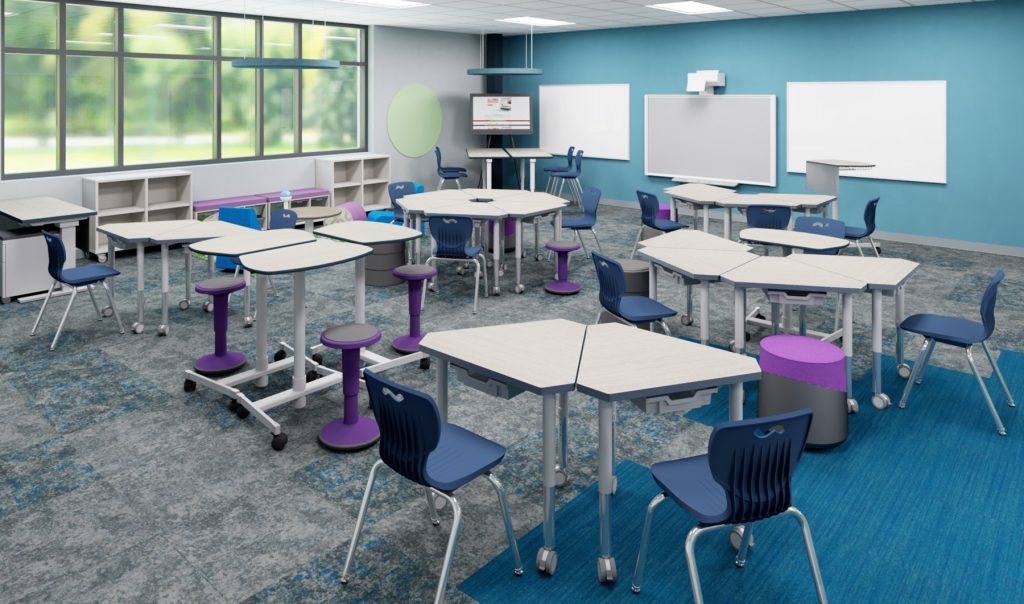The educational furniture market is witnessing a pivotal transformation in 2024, driven by the demand for adaptive learning environments and technology integration. With a valuation of USD 6.39 billion this year, projections anticipate it will reach USD 8.73 billion by 2030, at a CAGR of 6.46%.
Growth Catalysts in Educational Furniture Demand
Active Learning Adoption
Pedagogical innovations have shifted priorities from passive to participatory education. Schools are increasingly investing in modular desks, ergonomic seating, and layout-flexible furniture to facilitate active learning.
Tech Integration in Classrooms
The demand for technology-friendly furniture is surging. Schools need desks with USB ports, cable channels, and adjustable platforms for laptops and tablets to ensure digital learning is uninterrupted.
Inclusive Education Design
Designing for accessibility is a growing focus. Educational institutions now procure ADA-compliant furniture to support diverse physical needs, enhancing equity in the classroom.
Challenges in the Market
- Financial Barriers: Budgetary restrictions prevent many schools from accessing high-end, durable options.
- Space Limitations: Infrastructural rigidity in legacy institutions hinders new furniture installations.
- Durability Concerns: High-traffic use environments demand long-lasting furniture that remains cost-effective over time.
Opportunities to Watch
- Modular and Multi-Functional Furniture: Customizable, stackable, and movable designs offer flexibility for modern pedagogy.
- Furniture Leasing: Leasing helps schools stay within budget while maintaining modern infrastructure.
- E-Commerce Accessibility: Online platforms simplify procurement, offering better product visibility and logistics support.
Regional Market Outlook
- North America & Europe: Lead due to tech adoption and renovation initiatives.
- Asia-Pacific: Fastest-growing market segment driven by education sector reforms and infrastructure expansion.
Sustainability Trends
Green initiatives are transforming purchasing priorities. The demand for sustainable, low-emission furniture is rising. Vendors offering recyclable or FSC-certified materials gain competitive edge.
Smart Innovations
Emerging technologies are shaping product development. Smart desks with IoT features, student tracking, and adaptive ergonomics are redefining engagement metrics and classroom management.
Conclusion
The educational furniture market stands at the intersection of innovation and necessity. Institutions aiming to stay competitive must prioritize agile, sustainable, and tech-integrated furnishings that align with pedagogical goals and environmental responsibilities.

